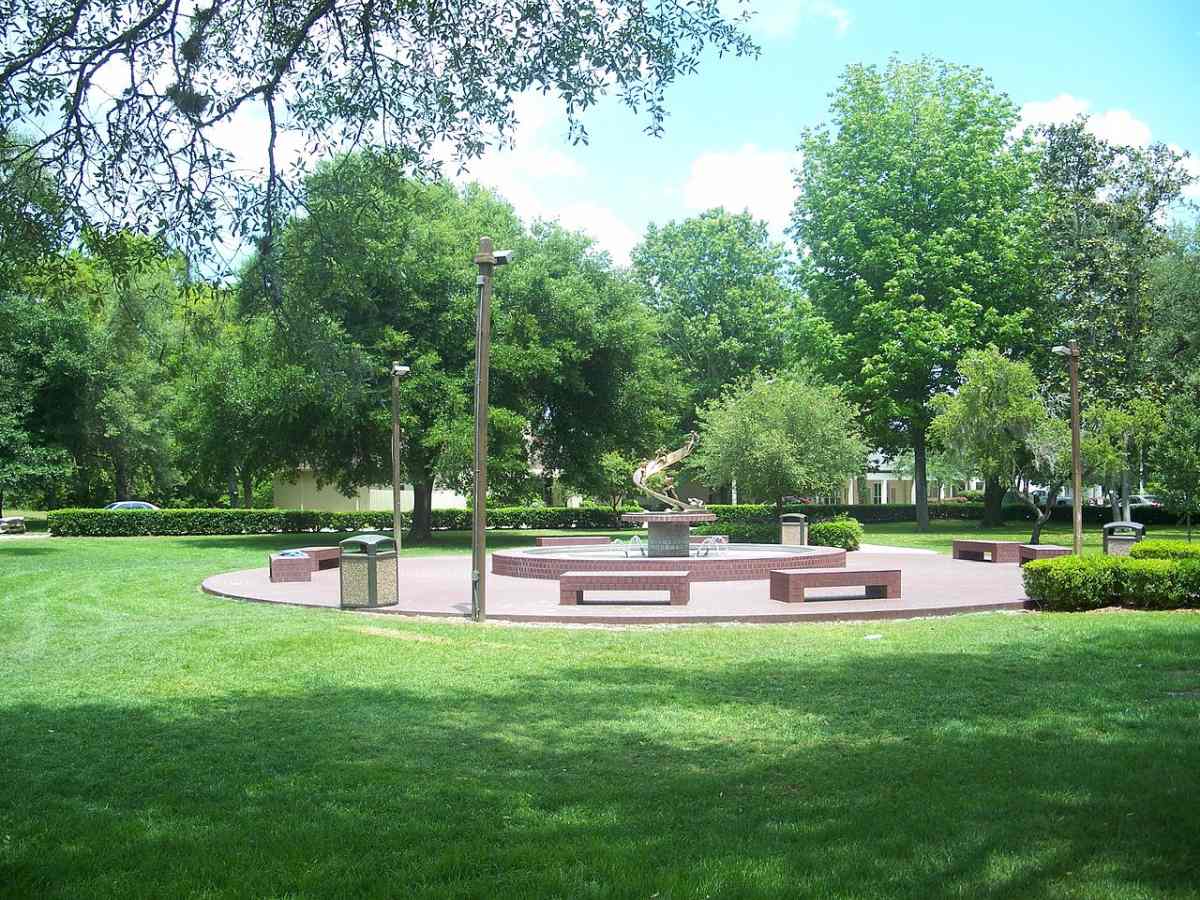
Gainesville is an ideal place to build drought-tolerant landscapes that use native plants, hardy grasses and hardscape elements to create outdoor spaces that use little water and thrive in dry, hot climates.
Because Gainesville sometimes experiences periods of drought, having landscaping that doesn’t require much watering – also known as xeriscaping – lets you have an attractive yard regardless of the rainfall. This article will explore various xeriscaping ideas that will keep your yard its stunning best all year.
Key Takeaways
- Native plants use less water: Native plants are adapted to Gainesville’s climate and don’t need as much water or maintenance as non-native plants.
- Some grasses tolerate drought like champs: They don’t need much watering, fertilizer, or mowing and stay beautiful during dry periods.
- Mulch preserves moisture: Mulch creates a barrier around the sun and soil, letting the latter keep moisture it would lose to evaporation.
- Rock gardens rock: Create a rock garden to increase your home’s curb appeal and save the water for something else.
- Drip irrigation systems are efficient: A drip irrigation system uses pipes and tubes to transfer the perfect amount of water to your plants.
Use Native Plants
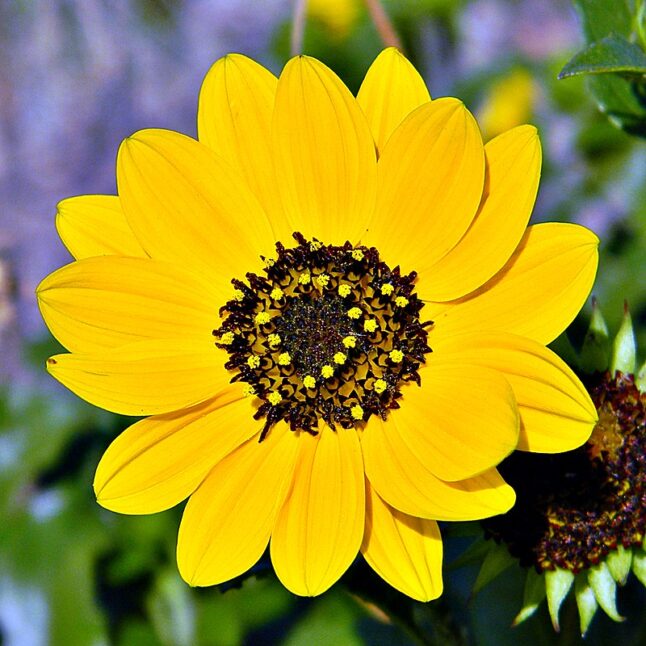
Growing native plants is a great way to build a drought-tolerant landscape in Gainesville. Native plants have adapted to the city’s climate, and thus don’t need as much water or maintenance as non-native plants.
There are countless native plants available to you. From flowers, shrubs, and trees, the possibilities are endless. Here are a few examples:
- Beach Sunflower
- Passion Flower
- Firebush
- Star Anise
- Florida Maple
- Southern Magnolia
Additionally, consider zoning your native plants. Doing so involves grouping them depending on how much water they need. As a result, you’ll be able to give them the proper amount of water they need.
Choose Drought-Tolerant Grasses
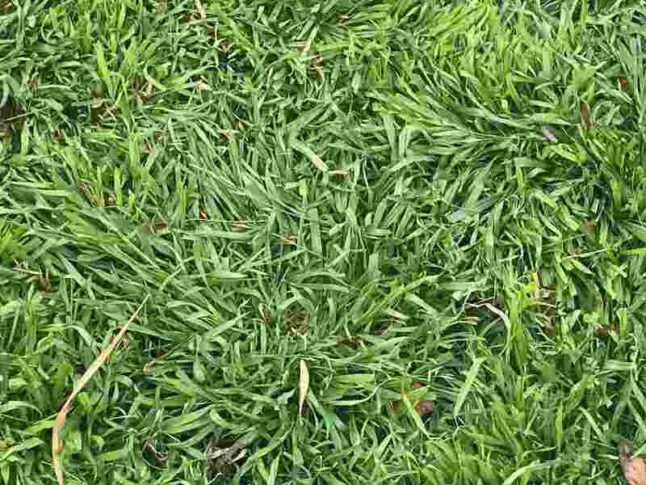
Drought-tolerant grasses require less fertilizer and water than other species and less mowing and pest control as a result. Additionally, they look better during periods of drought because they don’t need as much water and fertilizer in general (see When and How Much to Water Your Gainesville Lawn).
Several drought-tolerant grasses that thrive in Gainesville include:
- St. Augustinegrass
- Bahiagrass
- Centipedegrass
- Bermudagrass
- Zoysiagrass
Other factors to consider when picking grass include how much shade and sun your lawn gets, its preferred soil type and pH, and how well it drains. Make sure you follow Gainesville’s lawn watering guidelines to make the most of your water.
Alternatively, consider artificial turf for a beautiful lawn that doesn’t need much maintenance. It gives you the appearance of a perfectly manicured lawn without needing watering.
Mulch Flower Beds Well
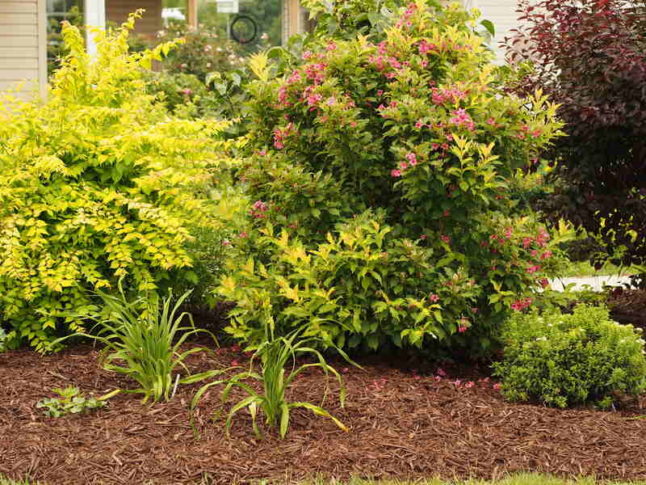
According to the University of Florida, mulch is “organic or inorganic material that can be used in your garden or landscape in areas that are hard to maintain or prone to erosion”. You spread it over the soil around plants, trees, shrubs, and lawns.
Mulch creates a barrier around the sun and the soil to let it retain moisture it would lose to evaporation and keep it cool. It also inhibits weed growth and gives your soil a nice nitrogen boost.
Hardscapes Look Great and Use No Water
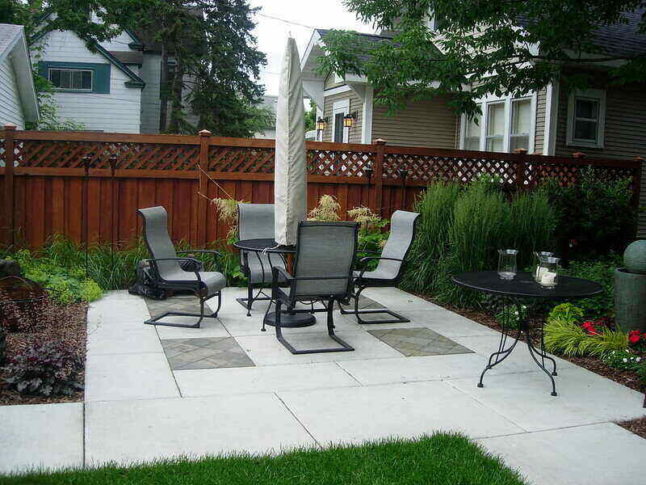
Hardscapes are non-living elements in a landscape, such as pavers, patios, stone walls, and decks. They increase your home’s curb appeal without needing water or countless hours of maintenance. As a result, you can get creative without much upkeep.
Create the following elements in your yard:
- A deck
- Stone or concrete patios
- A fire pit for warmth and roasting marshmallows
- Fountains and other water features
- Retaining walls
- Arbors, gazebos, and pergolas
- Hammocks and other sitting areas
- A dining area made of tables and chairs
Harvest Rainwater When Possible
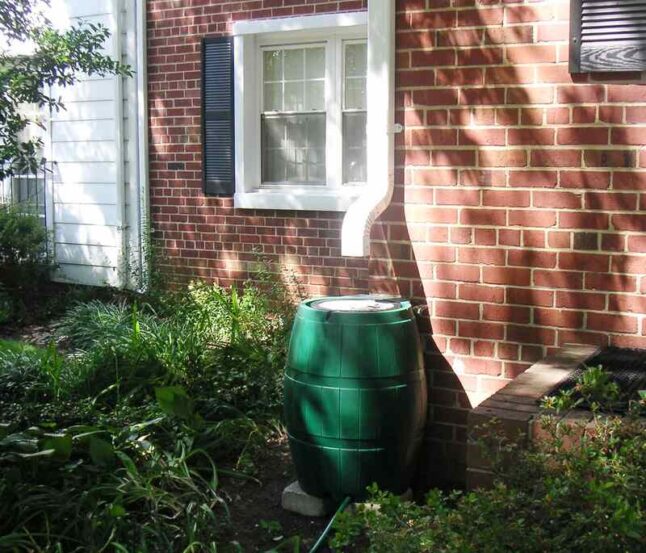
Rainwater harvesting involves collecting and storing water that would otherwise fall to the ground. Having some rainwater nearby gives you a way to water your plants, irrigate your lawn, and refill your swimming pool without relying on Mother Nature.
Make a rain barrel station part of your landscape. To do so, place several large containers under your roof’s downspouts to catch runoff. Put screens over their openings to keep out debris and mosquitoes.
One inch of rainwater per 1,000 square feet leads to about 600 gallons of collected water. You can install spigots on your rain barrels and attach hoses to use the stored water.
Rock Gardens Are Attractive and Use No Water
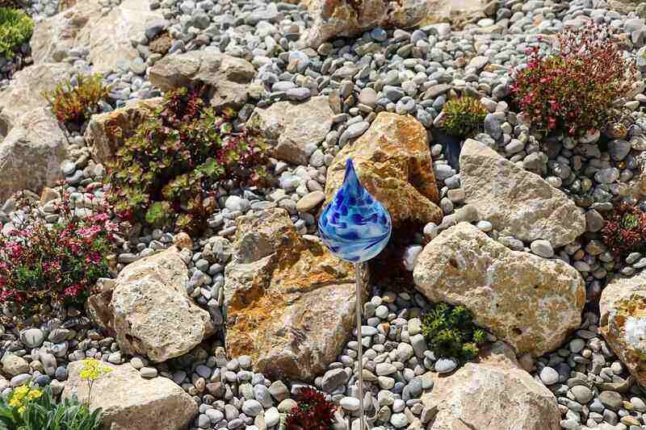
A rock garden is a landscaping arrangement made of rocks, stones, and gravel, occasionally combined with plants. It doesn’t require watering, letting you use water for other purposes.
Rock gardens can be created in a variety of ways. Want to make a Zen space for meditation? You got it. Need a border around your deck, patio, or garden bed? You also got it. How about erecting a stone retaining wall? You can do that too.
Consider a Drip Irrigation System
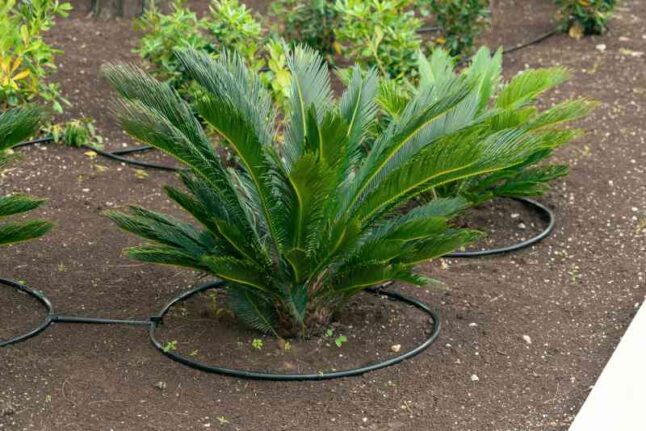
Carefully managing lawn irrigation keeps your lawn and garden healthy while letting you save water. Drip irrigation systems are use pipes and tubes to give plants the water they need, but no more.
Pick between several types of drip irrigation systems:
- Traditional: Water moves through tubes running along the soil towards emitters, which in turn deliver the water to the plant’s roots.
- Micro-mister: An above-ground system that uses tubes to move water towards an emitter, which sprays it towards the plants.
- Bubbler: Its emitters are above ground and distribute water to the plants, covering around 3 inches.
- Soaker hose: It attaches to a water source, wraps itself around trees, shrubs, and plants, and drips water into the ground.
FAQ
What shrubs are drought-tolerant in Florida?
Several drought-tolerant shrubs you’ll find in Florida include:
- Texas sage
- Yucca
- Agave
- Bitterberry
- Coral bean
How much does xeriscaping cost?
Xeriscaping typically costs between $15,120 and $18,400, depending upon the size of your yard, the plants you choose, and the hard elements you incorporate.
What can you use to make mulch?
You can make mulch out of the following materials:
- Grass clippings
- Shredded leaves
- Bark
- Sawdust
- Straw
- Pine needles
- Rubber
- Wood
Hiring a Professional
Through a combination of native plants and grasses, hardscapes, mulch, rock gardens, and more, you can create a beautiful and low-maintenance landscape perfectly capable of beating the Gainesville heat.
Talk to a Gainesville landscaping expert if you need help selecting plants or trees for your landscape.
Main Photo Credit: Ebyabe / Wikimedia Commons / CC BY-SA 3.0